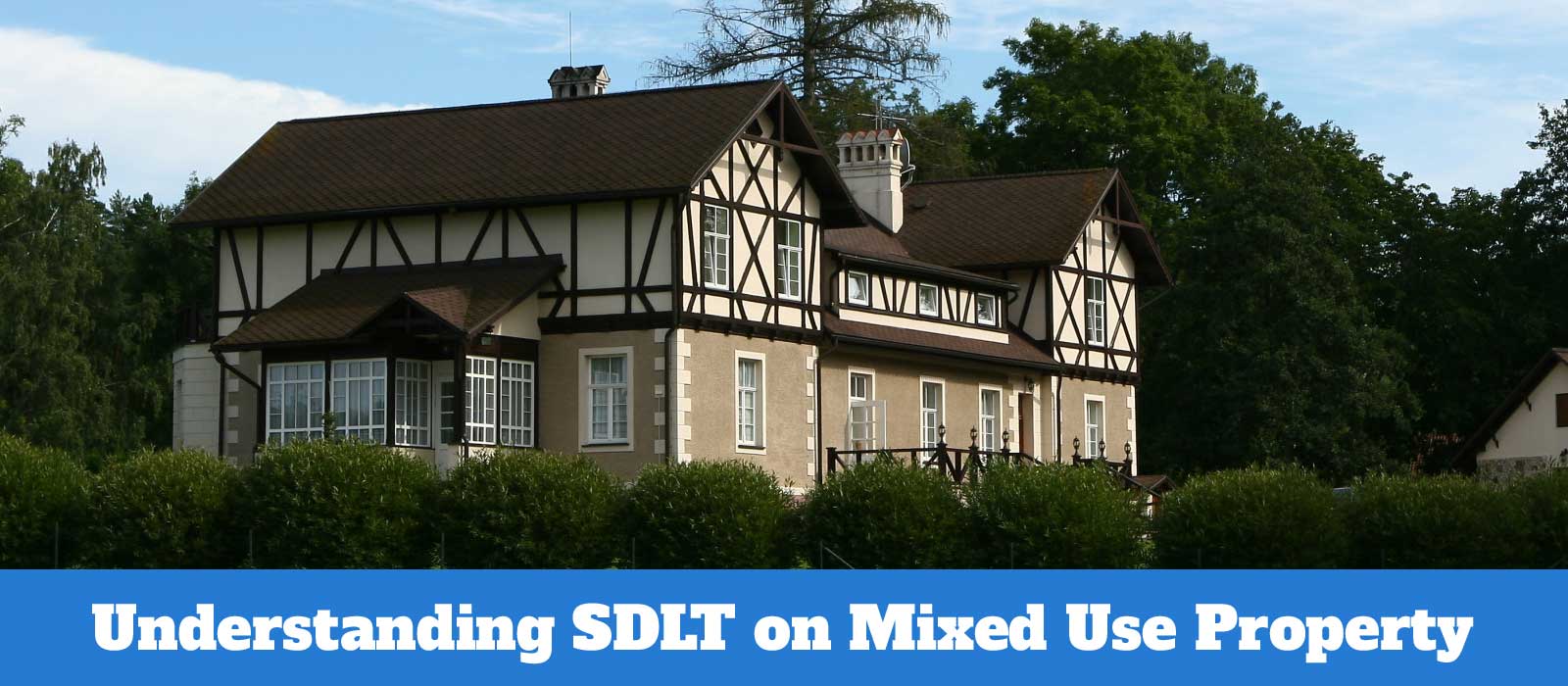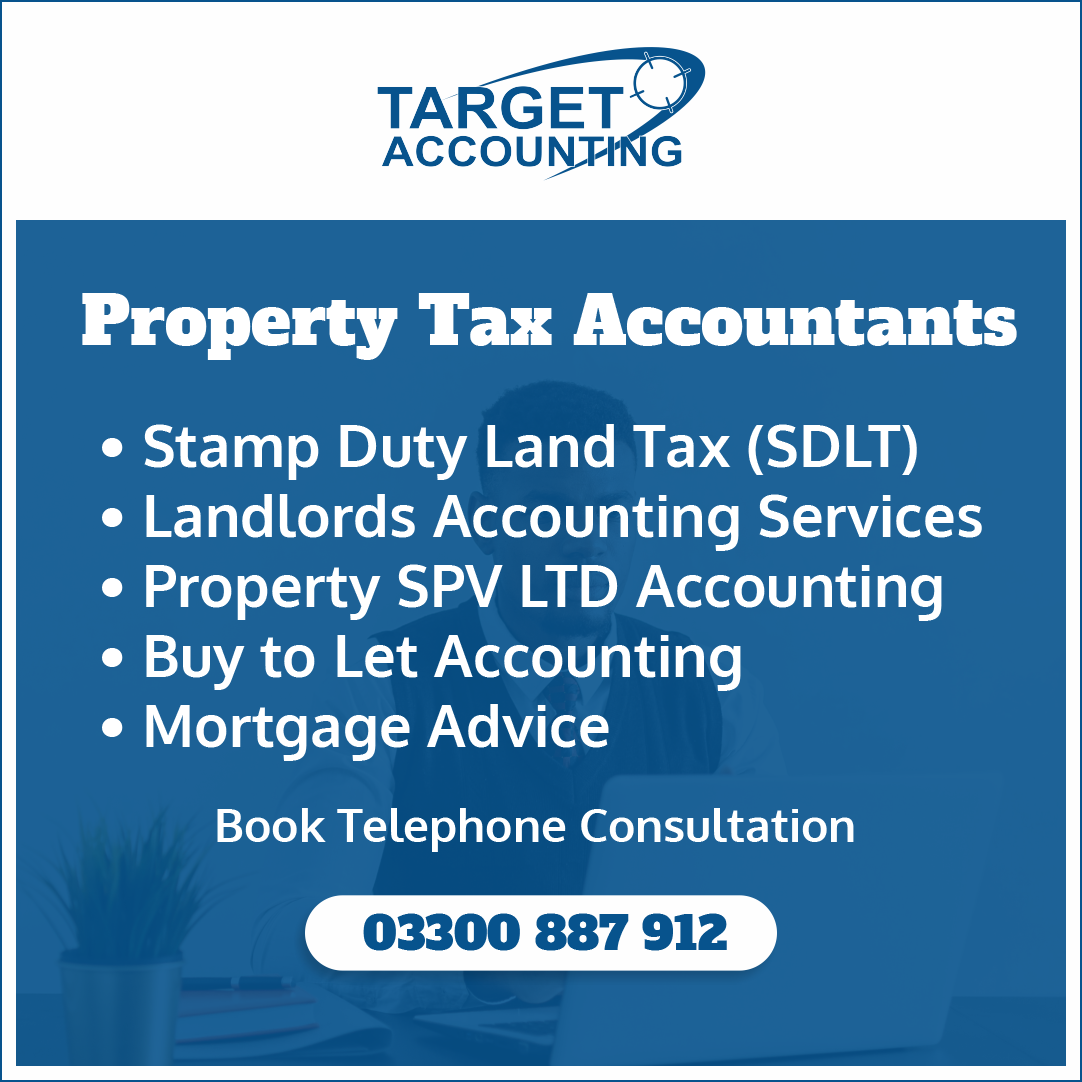
Navigating the labyrinth of Stamp Duty Land Tax (SDLT) can feel akin to deciphering an ancient script. But what if understanding this complex tax code could unlock the door to significant savings? Especially when investing in mixed-use properties, the difference between residential and non-residential SDLT rates can be substantial. This blog post aims to guide you through the intricate corridors of SDLT on mixed use property, helping you to maximize your benefits and minimize your tax liability.
Key Takeaways
- Understand SDLT rates for mixed-use properties to maximize savings.
- Claim Multiple Dwellings Relief (MDR) on mixed use purchases and be aware of the impact of commercial use on SDLT.
- Seek professional advice to optimize benefits and avoid common misconceptions about SDLT for Mixed Use Properties.
Deciphering SDLT for Mixed Use Properties
SDLT, a tax levied on the acquisition of an interest in land, is a vital component of any property transaction. When a property, such as agricultural land, includes both residential and non-residential elements, it’s crucial to grasp the precise SDLT implications for these mixed-use properties. But what if this seemingly complex tax code could be a boon rather than a bane?
The silver lining appears when we delve into the SDLT rates for mixed-use properties. Here, the non-residential SDLT rates come into play, which are considerably lower than the residential ones. This discrepancy can result in significant savings, with the threshold for mixed-use properties beginning at £150,000.
Completing the SDLT return for a mixed-use property purchase is the next step in navigating the SDLT maze. Here, code 02 becomes your guiding light, serving as the property description, while form SDLT4 should be completed where necessary. With this knowledge, tax advisors and business owners can navigate the intricacies of SDLT on mixed-use properties, potentially unlocking considerable tax savings.
Navigating SDLT Rates on Mixed Use Purchases
Mixed-use SDLT rates can be an oasis amidst the arid desert of property taxes. Payable at the lower commercial rate of a maximum of 5%, they apply when the acquisition of residential property includes non-residential property. SDLT on commercial buildings is lower than residential ones. As a result, you will incur less tax when buying these properties..
These commercial property rates for mixed-use properties, including commercial properties, range from 2-5% according to the property’s price. These rates apply regardless of the composition of the property, meaning the higher rates up to 15% do not apply even to the residential element of any mixed-use purchase. This discrepancy could lead to potential savings compared to residential rates.
There was a significant shift in the SDLT landscape in April 2020. The 3% higher SDLT rules were excluded from mixed-use properties, including commercial property transactions. The regulations were revised to stipulate that the 3% higher SDLT would not be applicable to properties containing both residential and non-residential components.
Claiming Multiple Dwellings Relief (MDR) with Mixed Use Property
The Multiple Dwellings Relief (MDR), akin to a hidden treasure chest, can significantly lower the effective SDLT rate for eligible transactions involving the purchase of two or more dwellings in a single transaction. But can this treasure be unearthed in mixed-use properties?
Indeed, MDR may be claimed for the residential component of a mixed-use property transaction, especially when residential properties bought are involved. This relief can potentially decrease the amount of SDLT payable, as you may not have to pay residential SDLT rates for the entire property.
Qualifying for Multiple Dwellings Relief (MDR) involves more than just owning multiple properties. To claim multiple dwellings relief on mixed-use properties, it is necessary to:
- Purchase two or more properties (dwellings) in the same transaction.
- Calculate the MDR amount by determining the average value of the properties.
- Apply the corresponding Stamp Duty Land Tax (SDLT) rates to this figure, rather than the individual property purchase prices.
The Impact of Commercial Use on SDLT
Just as changing wind directions can alter a sailing voyage, commercial elements in mixed-use properties can sway SDLT rates. For example, holiday lets, flat connected businesses, and other commercial applications could be subject to different rates and surcharges.
Taking a detour into the realm of holiday lets, the SDLT rate here usually mirrors the residential rate. The potential impact of SDLT on corporation tax liability, particularly when purchasing mixed-use properties including holiday lets, is an important consideration.
Interestingly, certain types of properties sail right past the SDLT levy. Caravans, mobile homes, holiday homes, park homes and lodges are all exempt from SDLT. This is regardless of their value or location. However, HMRC deems holiday lets and serviced accommodation as dwellings, applying Stamp Duty Land Tax and the 3% SDLT surcharge.
HMRC’s Stance on Mixed Use SDLT
Before embarking on the SDLT journey, it’s crucial to grasp the dominant currents — the HMRC’s guidelines on mixed-use SDLT. However, this guidance should be viewed with scrutiny, as it represents their interpretation rather than an accurate representation of the law.
There have been instances where HMRC’s interpretation of mixed-use SDLT has contradicted the law. The case of TC08126, where HMRC declined a mixed-use claim resulting in an appeal to an online tribunal, and the Espalier vs HMRC case, highlighting a significant SDLT dispute in relation to mixed-use property, are prominent examples.
HMRC’s interpretation of mixed-use properties for SDLT purposes considers those that incorporate both residential and commercial elements. HMRC manuals SDLTM00390 and SDLTM00395 provide further guidance on mixed-use properties.
Strategic Considerations for Property Transactions
Strategic planning is as essential for property buyers and investors navigating the complex waters of SDLT on mixed-use properties as it is for a seasoned sailor charting their course. To optimize SDLT for mixed-use property transactions, it’s advised to:
- Understand the market
- Define an investment strategy
- Utilize digital marketing
- Target suitable tenants
- Establish clear KPIs
- Seek professional advice
However, even experienced sailors can make mistakes. In strategizing property transactions for SDLT benefits, it’s essential to avoid common errors such as:
- Incorrectly applying rules on calculating SDLT on lease transactions
- Not comprehending SDLT concepts in property transactions
- Participating in tax avoidance schemes that could disqualify one from claiming certain SDLT reliefs.
Common Misconceptions About SDLT on Mixed Use Properties
Misunderstanding MDR, for instance, believing it’s only for buying adjacent properties, can result in inaccurate SDLT calculations and an unnecessarily high liability. Common errors when calculating SDLT for mixed-use properties include:
- Misclassifying the property type
- Neglecting to avail of relief where eligible
- Incorrectly assessing property use
- Misunderstanding SDLT rules
These mistakes can cause costly errors in SDLT calculations.
Incorrect assessments of property type can lead to higher SDLT payments, missed opportunities for claiming relief, and the potential for VAT implications to affect SDLT liability, thus resulting in costly mistakes. Navigating the complexities of SDLT requires careful attention to avoid falling into these traps.
Summary
Understanding SDLT on mixed-use properties is a complex journey, but one that can offer significant savings if navigated correctly. By deciphering SDLT for mixed-use properties, one can benefit from lower non-residential rates and maximize the potential savings.
Navigating SDLT rates, claiming MDR, understanding the impact of commercial use, interpreting HMRC’s stance, strategically planning property transactions, and avoiding common misconceptions are all crucial steps to fully comprehend the intricate landscape of SDLT. Each of these steps, like the pieces of a jigsaw puzzle, come together to form a complete picture of SDLT for mixed-use properties.
In conclusion, understanding SDLT for mixed-use properties is a journey of discovery that, if navigated correctly, can lead to significant savings. So, chart your course carefully, avoid the common pitfalls, and set sail on the journey to maximize your SDLT savings.
Frequently Asked Questions
Do I pay stamp duty on a mixed-use property?
Yes, stamp duty is payable on a mixed-use property, as they are taxed at the same rates as commercial properties.
What is classed as mixed-use property?
Mixed-use property is a building with separate areas for residential and business or commercial use, such as apartments above retail stores or a house with a surgery. It can also include dwellings with a room used for work like a home office.
Can you claim MDR on mixed-use property?
You can claim MDR for the residential part of mixed-use property transactions, but normal non-residential rates will apply to the non-residential portion. It is important to apportion the consideration accordingly.
What are the SDLT rates for mixed-use properties?
Mixed-use properties are subject to SDLT rates based on commercial property rates, ranging from 2-5% depending on the price.
What are some common misconceptions about SDLT on mixed-use properties?
Misunderstandings about when Mixed-Use Development Relief applies and incorrect classifications of property types can lead to inaccurate Stamp Duty Land Tax calculations.

